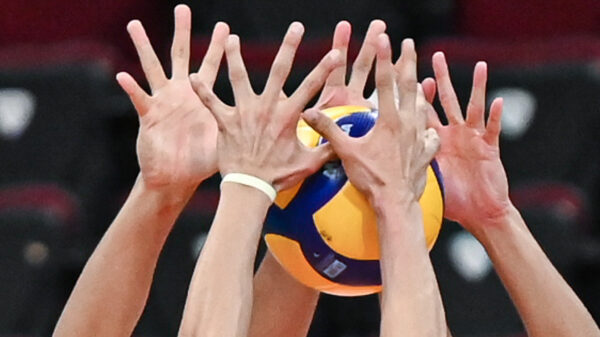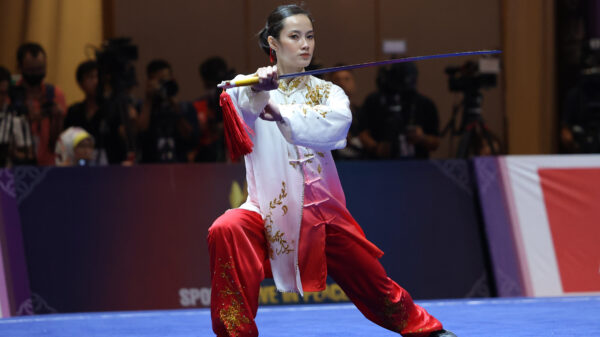SYDNEY, Australia (AFP)–Sunday’s World Cup final between England and Spain is the final act of a month of drama which highlighted how far women’s football has come — and the challenges that lie ahead.
There had been fears that the biggest-ever Women’s World Cup — 32 teams, up from 24 four years ago — would dilute the spectacle in Australia and New Zealand.
Lopsided scorelines were a feature of the previous eight World Cups and critics said debutants such as Haiti, the Philippines and Morocco would be on a hiding to nothing.
But the opposite proved to be true and the tournament will be best remembered for the large number of shocks and the end of the United States’ long reign as world champions.
Among the surprises, Germany was beaten 2-1 by Colombia on the way to a group-stage exit. Italy, Brazil and Olympic champions Canada also went out at the first hurdle.
The Philippines, New Zealand, Zambia, Portugal, Jamaica, South Africa and Morocco all won a World Cup game for the first time.
The United States was chasing an unprecedented third title in a row but it very quickly became apparent that they were not the force of old and that the rest had caught up.
Their exit in the last 16 on penalties to Sweden was its worst World Cup ever and coach Vlatko Andonovski quit this week.
There was no fairytale ending for Megan Rapinoe, who retires from football at the end of the season.
“It has been an amazing World Cup with 32 teams and lots of teams who have improved,” Sweden coach Peter Gerhardsson said following his team’s 2-1 defeat to Spain in the semi-finals.
“Everywhere around the world there will be a lot more interest in women’s football.”
Gerhardsson said that Sweden’s last-gasp 2-1 victory over South Africa in the group stage had been a taste of things to come.
“Physically, many (teams) have caught up. With better training, they can last 90 minutes and then there is the technical ability and the speed,” he said.

















